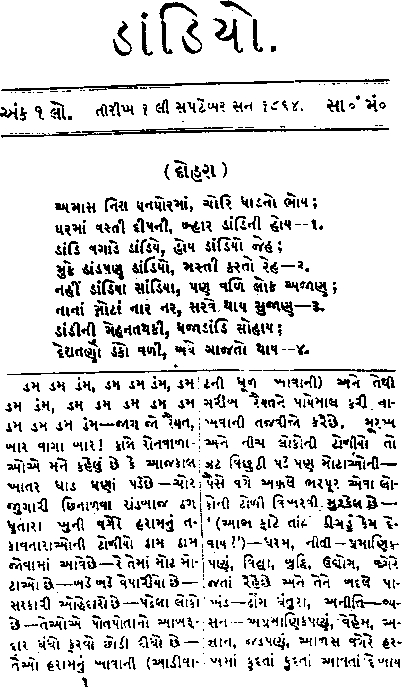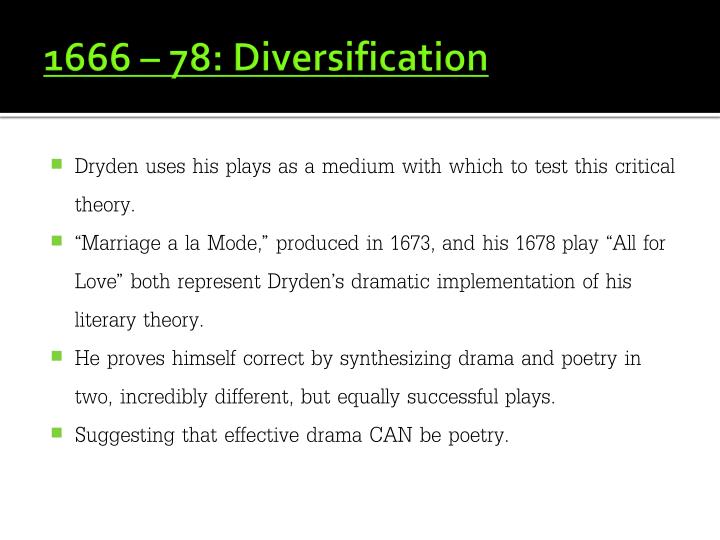Bonsai Tree Information: General Information about Bonsai.
Essay on Bonsai - Bonsai Bonsai is the reproduction of natural tree forms in miniature. Literally translated, the word “bonsai” means “tree in a pot”. Contrary to popular belief, it was the Chinese who actually originated the art of Bonsai. However, over the past few centuries, the Japanese have perfected it into the highly developed.
Bonsai Tree Information: Bonsai trees are often thought to have originated from Japan, but records over 2,000 years old show trees being grown in China, as part of landscapes planted in shallow containers.

A Brief History of Bonsai. The art of cultivating perennial plants in containers dates back at least to Ancient Egypt, and possibly to the Hanging Gardens of Babylon. The Hanging Gardens of Babylon definitely mark the beginning of the deliberate culture of plants for purely ornamental purposes, as well as artificial irrigation systems for.

Bonsai is a fascinating art-form that combines horticultural techniques and Asian aesthetics in a unique way. The art originates in the Chinese empire and was copied and adapted by the Japanese to what we know now as Bonsai trees.

In addition, a Bonsai tree should be shaped in accordance with a number of set designs, for example, the Formal Upright style which means that the Bonsai tree is in agreement with the basic concept of a tree; trunk points upwards with thick broad branches at the bottom, and smaller thinner branches at the top.

Bonsai is the art of growing trees in small pots, cultivating the look of the tree to be any design that is desired. This art was developed in Japan and. read full (Essay Sample) for free.

History of Bonsai. While the art of bonsai has long been associated with Japan, it actually originated first in China, and then spread eastward to Korea and then Japan. The art of bonsai was spread by Buddhist monks who wished to bring the “outdoors” inside their temples. From ancient paintings and manuscripts, we know that “artistic.

THE BIG PICTURE: A Summary of the History of Magical Miniature Landscapes. Eventually the image of a potted miniature tree was adopted by everyone from a shogun down to merchants and common folk who delighted in the seasonal changes of these portables.

The first mention of bonsai dates back to the third century BC, in China. Creating a bonsai is a masterpiece that, unlike other artistic forms, evolves and changes every day. Bonsai is a tree and, therefore, an outdoor plant that needs water and sunlight to survive.

Bonsai, (Japanese: “tray-planted”) living dwarf tree or trees or the art of training and growing them in containers. Bonsai specimens are ordinary trees and shrubs (not hereditary dwarfs) that are dwarfed by a system of pruning roots and branches and training branches by tying with wire. The art.

The word bonsai comes from the Chinese words pun sai, meaning quite literally 'tree in a pot'. The 'tree' can be a vine, a shrub or a tree. A common misconception for beginners is that the plants used for bonsai are 'dwarf' plants or even 'special bonsai plants'. Quite simply, bonsai are everyday shrubs, trees and vines. For this reason, they.

Tree worship refers to the tendency of many societies in all of history to worship or otherwise mythologize trees. Trees have played a very important role in many of the world's mythologies and religions, and have been given deep and sacred meanings throughout the ages.

Baobab bonsai are one of the world’s most fascinating bonsai. Baobab trees grow in Africa, and are one of the world’s most unusual looking trees. There are many legends revolving around the Baobab tree, among one of the most common being that the tree was cast down from heaven and grew upside down, as the canopy branches of the tree often look like roots. As the tree loses its leaves in.



